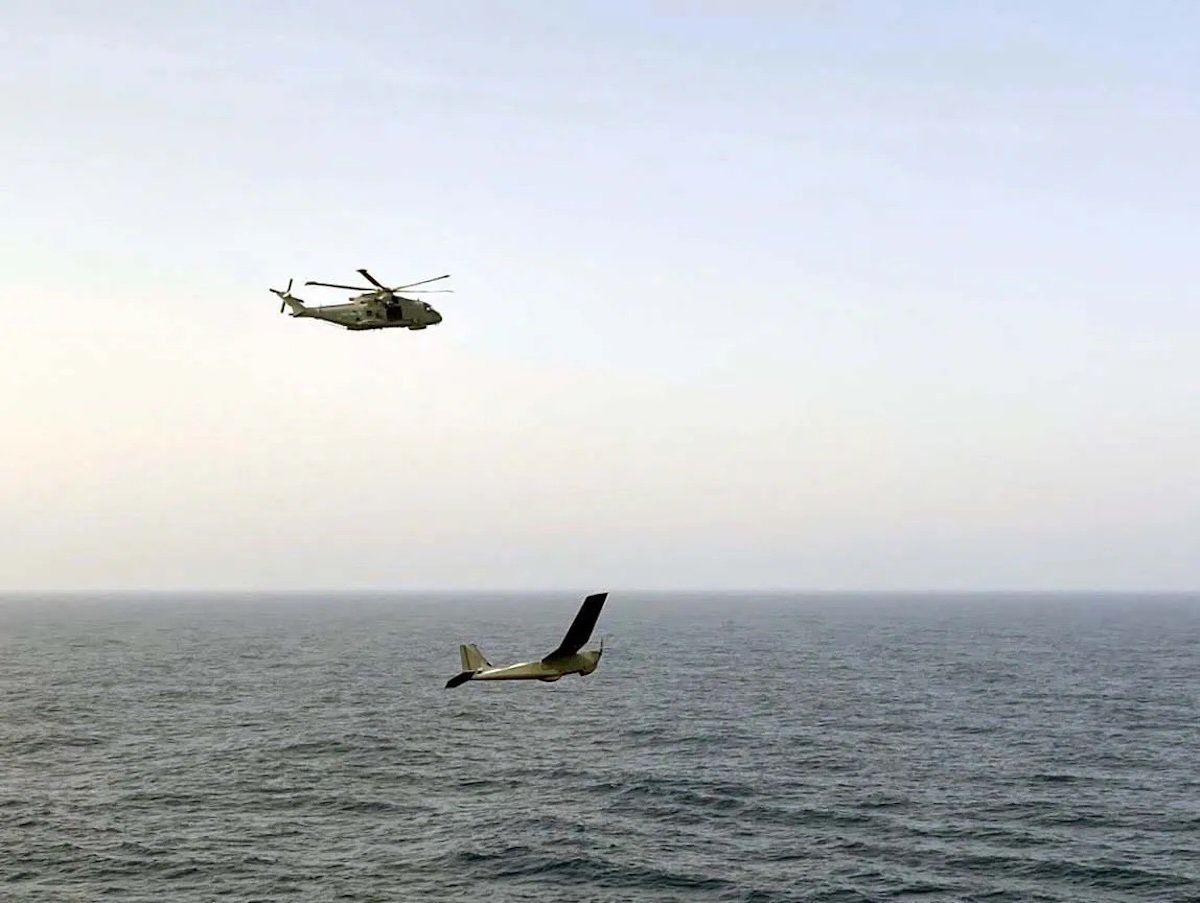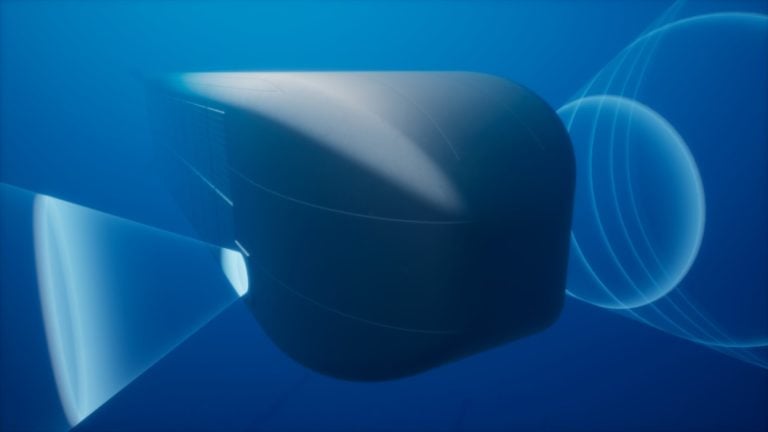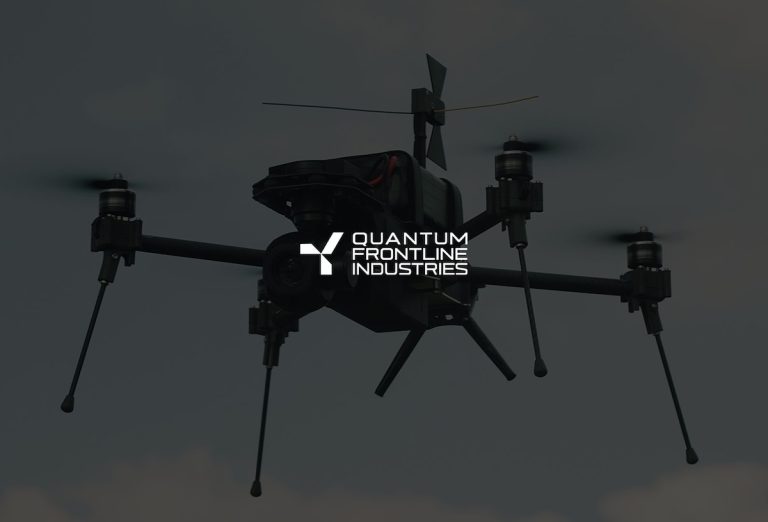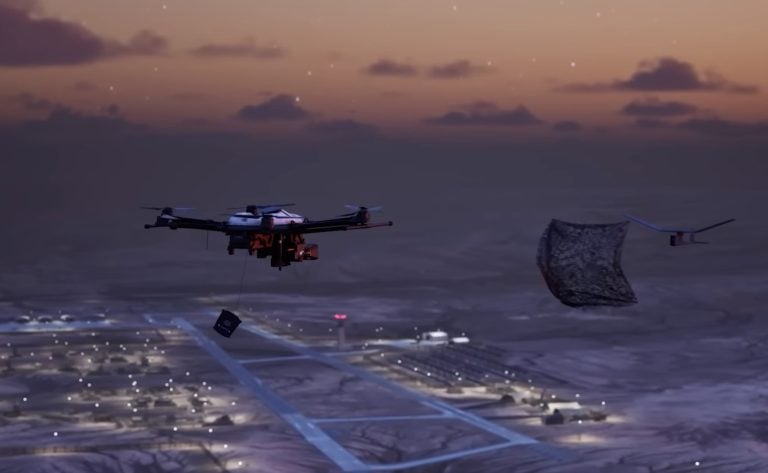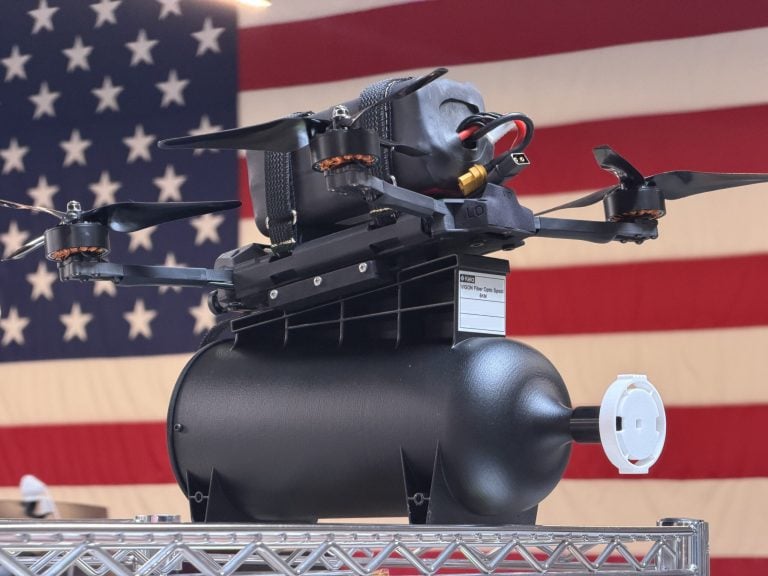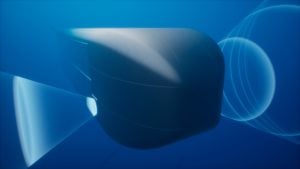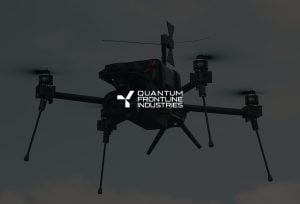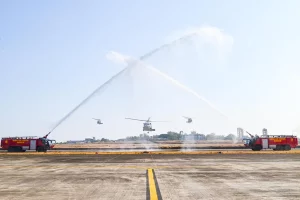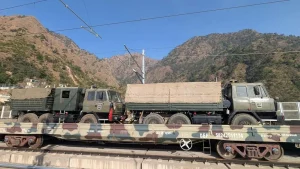In a significant advancement for military aviation, the Royal Navy has successfully integrated drone technology into its operations, marking a pivotal moment in the UK’s broader initiative for manned-unmanned teaming. During a recent trial, the Navy’s Merlin Mk2 helicopter utilized a Puma drone for the first time, effectively relying on the drone as its “flying eyes” to scout for suspicious vessels in the Atlantic Ocean.
During the operation, the Merlin helicopter powered down its onboard radar, showcasing the potential of the Puma, a compact surveillance drone with a remarkable 9-foot wingspan. The Puma, measuring 4.5 feet long, is designed for hand-launch and offers a flight duration of up to two hours. It is currently employed by the Culdrose-based 700X Naval Air Squadron.
Captain James Hall, the commanding officer at Culdrose, emphasized the innovative concept of a “force multiplying effect.” This approach aims to enhance operational effectiveness by integrating aerial and maritime capabilities, allowing them to work in harmony rather than in isolation. This synergy is expected to significantly boost the Royal Navy’s warfighting prowess.
However, the trial was not without its challenges. Hall highlighted critical issues that need addressing, including safe coordination between the helicopter and drone, secure and accurate data transmission, and the ability to make timely decisions based on the information received. “These are not trivial challenges,” he remarked. “The Royal Navy is continually developing solutions to these issues. As we transition towards a new era of maritime aviation, this new technology will enable us to detect, deter, and defeat threats from a greater distance, ensuring our operational resilience.”
This trial is part of a broader shift within the UK’s military strategy, which aims to blend traditional piloted aircraft with advanced unmanned systems. Earlier this year, the UK conducted its inaugural manned-unmanned aircraft teaming trial, which featured a QinetiQ jet and a modified Banshee 80 drone.
In addition to these technological advancements, London is embracing a “20-40-40” military framework. This strategy envisages a reduction in reliance on conventional heavy platforms to 20 percent, with the remaining 80 percent focused on the integration of drones and autonomous systems on the battlefield.
As the Royal Navy continues to explore and implement these innovative technologies, it stands poised to enhance its operational capabilities and adaptability in future maritime missions.
